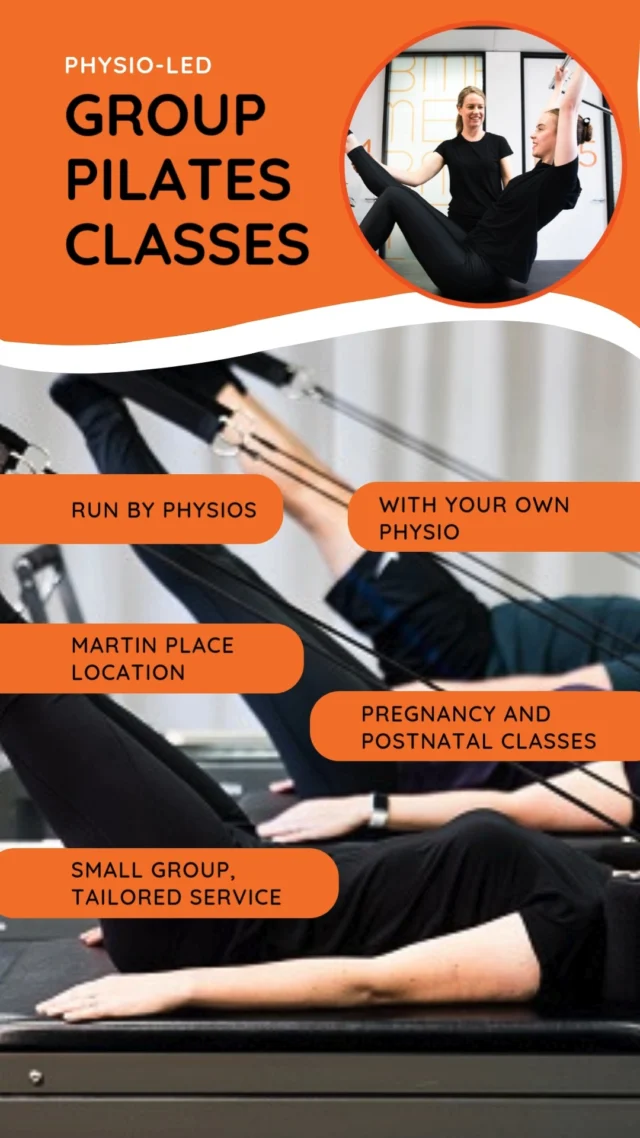Arthroscopic shoulder decompression surgery (ASAD) is a surgery performed for patients with subacromial shoulder pain, or “shoulder impingement”, which accounts for up to 70% of all shoulder pain problems.
The first ASAD was performed in 1972, and it is now one of the most common surgical procedures in orthopaedics. The rationale behind the procedure is that the pain is caused by excessive compression of the rotator cuff (shoulder muscles) and its bursa between the acromion bone and humeral head when moving the arm. That is, the muscle is pinched/compressed between the two bones. The surgical procedure involves removing the coracoacromial ligament and shaving the bony arch of the acromion bone, which will reduce the compression, thereby reducing or eliminating symptoms.
A review in 2009 explored the scientific literature on sub-acromial shoulder pain, which showed that there was no difference between patients treated with surgery and those treated with non-surgical options. The review, however, noted that its findings were limited by the poor quality of the literature, and recommended that more high-quality trials are undertaken. To address this gap in the research literature, a very large clinical trial was more recently conducted, involving 313 patients and 51 surgeons at 32 hospitals, with the results published in the prestigious journal ‘The Lancet’ in 2018. The trial was titled ‘Can Shoulder Arthroscopy Work?’ and its aim was to investigate the effectiveness of ASAD (Beard et al. 2018).
The clinical trial compared three groups of patients with subacromial pain, who had not responded to conservative treatment (exercise and steroid injections). Patients were randomly assigned to one of three groups: (i) a control group which received no further treatment; (ii) a group which had investigational arthroscopy surgery acting as a placebo, as the essential surgical element (bone and soft tissue removal) was omitted; and finally (iii) a group which had standard arthroscopic shoulder decompression surgery. All patients had the same aftercare, and all patients and healthcare professionals involved in the trial were blind to the surgery performed.
The results showed that there was no significant difference between the two surgical groups, with both surgical groups only showing a small benefit compared to the “no treatment” group after six and twelve-month follow ups. The authors of the paper questioned whether the benefit that the surgical groups had over the “no treatment” group was due to a placebo effect from the surgical procedure. This trial strongly questions the continued use of ASAD in the management of subacromial pain.
Physiotherapy has been shown to be effective for reducing pain and improving function for patients with subacromial shoulder pain (Steuri e al. 2017). If you are suffering from shoulder pain, please call us on (02) 9232 5566 or click here to schedule a consultation with one of our Bend + Mend Sports Physios in Sydney’s CBD.
References:
Steuri R, Sattelmayer M, Elsig S, et al Effectiveness of conservative interventions including exercise, manual therapy and medical management in adults with shoulder impingement: a systematic review and meta-analysis of RCTs British Journal of Sports Medicine 2017;51:1340-1347.
Beard et al. 2018. Arthroscopic subacromial decompression for subacromial shoulder pain (CSAW): a multicentre, pragmatic, parallel group, placebo-controlled, three-group, randomised surgical trial. The Lancet. Volume 391, Issue 10118, P329 – 338.






I was diagnosed with impingement syndrome, with a partial tear of the supraspinatus tendon, as well as hill-sach lesion (I believe a minor one). The orthopedic surgeon recommended surgery. However, when I went for a second opinion, the other surgeon told me anti-inflammatories and physiotherapy (or even cortisone injections, which I’ve had in the past) should be the first-line treatment before considering surgery. What do you think ? Can a partial tear and minor hill sach lesion be treated with physio only?
Thank you.
I forgot to mention that I also feel a lot of crunching and hear a popping sound when raising my arms. What could it be? Thank you.
Hi,
Thank you for your question.
I have to agree with the second specialist
There are a wide variety of treatment options available for people who are diagnosed with Subacromial Impingement and partial rotator cuff tears. The appropriate treatment plan (physiotherapy or surgery) is dependent on; your age, activity level, symptoms, level of dysfunction/disability and physical examination and imaging results.
Physiotherapy should be the first line of management as it has been shown to be an effective treatment strategy. Surgical intervention can be considered if Physiotherapy fails to improve function following 3-6months of treatment. I would suggest finding a physiotherapist with special interest in shoulder injury management. If you are consistent with rehabilitation and your exercise program – you will be more likely to have a successful outcome with physiotherapy and avoid surgery.
With regards to the crunching and popping sounds. Painless clicking is relatively common in all shoulders, the exact cause is not entirely known but can be related to: Pressure change within the joint and bursal cavities, Rotator Cuff tears, Arthritis, etc. Physical examination of the shoulder may provide a clearer answer – your Physiotherapist will be able to do this for you. If you are near Sydney CBD feel free to book in to see one of our Physio’s here at Bend + Mend in Sydney. We would love to help you out.
I hope this helps.
Kind regards,
Patrick